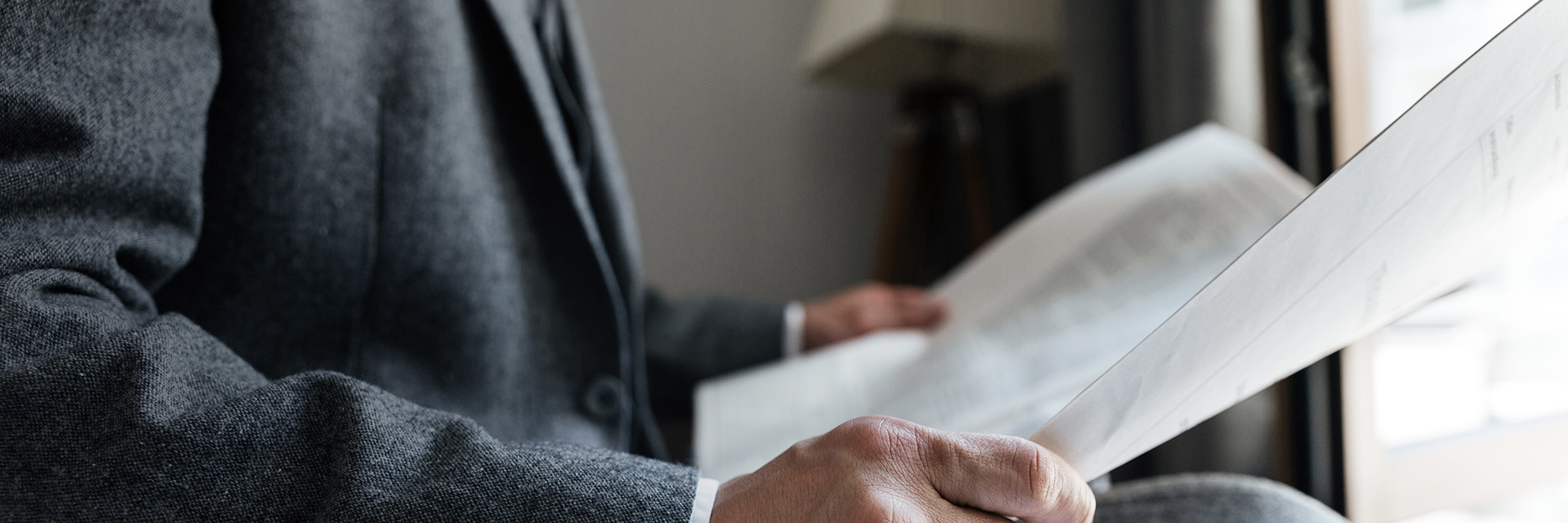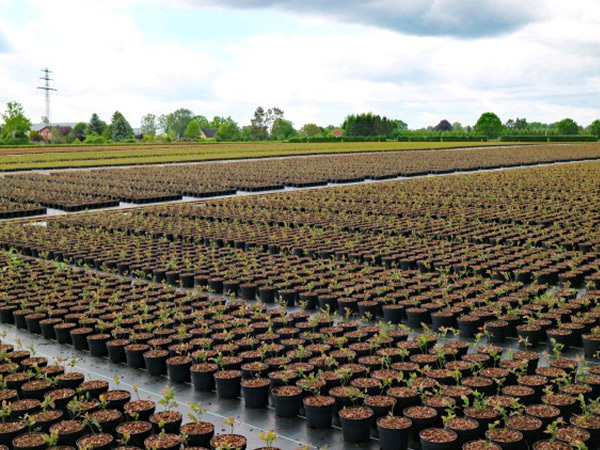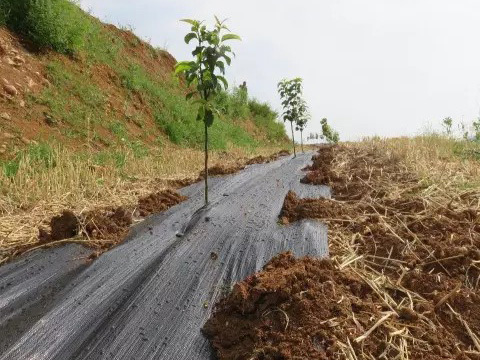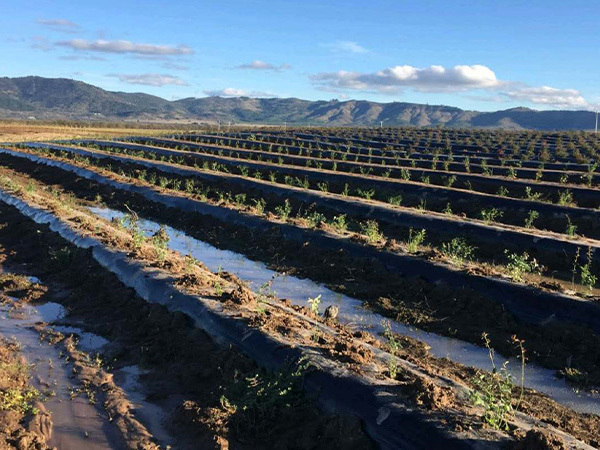The characteristics of grass proof cloth
Release time:
2023-12-01
The application of horticultural ground cloth and grass proof cloth in production in greenhouses. There are three main methods of using horticultural ground cloth: overall ground protection, local ground protection, and seedbed base layer.
The application of horticultural ground cloth and grass proof cloth in production in greenhouses. There are three main methods of using horticultural ground cloth: overall ground protection, local ground protection, and seedbed base layer. 1. The overall ground protection adopts greenhouse ground covering method, which is suitable for soilless cultivation of vegetables, flowers, crops, etc. The greenhouse floor is directly laid with ground cloth, without the need for additional ground construction. Crops can be accurately placed according to the marked lines on the ground cloth. Sometimes, in order to protect the base fabric or increase the amount of water attached to the surface of the base fabric, growers will also lay a layer of about 20 millimeters of fine sand on the surface of the base fabric. 2. Local ground protection This usage is mainly used in conjunction with seedbeds to prevent weeds in the lower part of the seedbed from causing diseases. Laying a ground cloth under the planting bed is one of the common uses in Chinese greenhouses. This method can also reduce the accumulation of water in the lower part of the seedbed (especially in the case of overall irrigation of the seedbed), thereby regulating the humidity in the greenhouse. 3. The bottom fabric of the bed can also be directly laid on the bed surface as a support layer, simplifying the support structure of the bed surface and achieving the purpose of being suitable for various cultivation containers.
Grass proof fabric (horticultural base fabric) is made of polypropylene and polypropylene flat yarns as raw materials, consisting of at least two parallel yarns (or flat yarns), which are called warp yarns along the longitudinal direction of the loom (fabric movement), and another horizontal arrangement is called weft yarns. By using different weaving equipment and techniques, warp and weft yarns are interwoven and woven into fabric, which can be woven into different thicknesses and densities according to different usage ranges. Usually, thin grass proof cloth has strong tensile strength (longitude greater than latitude) and good stability.
The characteristics of weeding cloth:
1. High strength: Due to the use of PP and PE plastic flat wires, sufficient strength and elongation can be maintained under both dry and humid conditions.
2. Corrosion resistance: It can resist corrosion for a long time in soil and water with different pH values.
3. Good breathability and water permeability: There are gaps between the flat filaments, so they have good breathability and water permeability.
4. Good antimicrobial performance: does not damage microorganisms and insects.
5. Convenient construction: Due to its lightweight and soft material, it is easy to transport, lay, and construct.
6. High fracture strength: up to 20KN/m, with good resistance to creep and corrosion.
7. Anti purple and antioxidant: With the addition of imported ultraviolet rays and antioxidants, it has good anti purple and antioxidant properties.
Keywords:
More information





